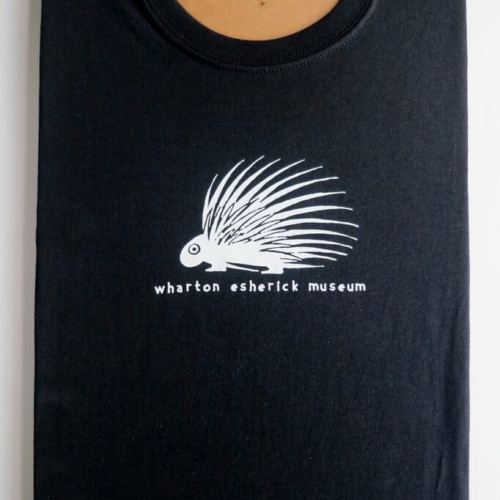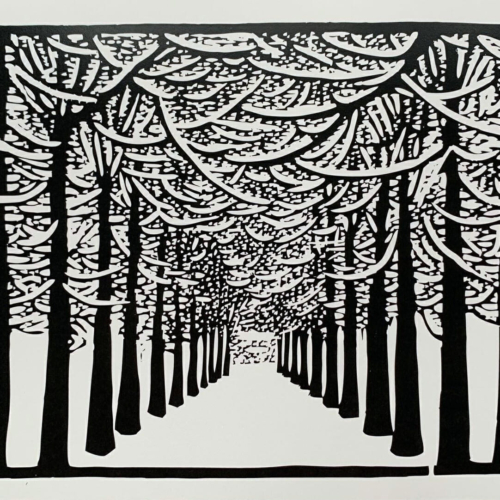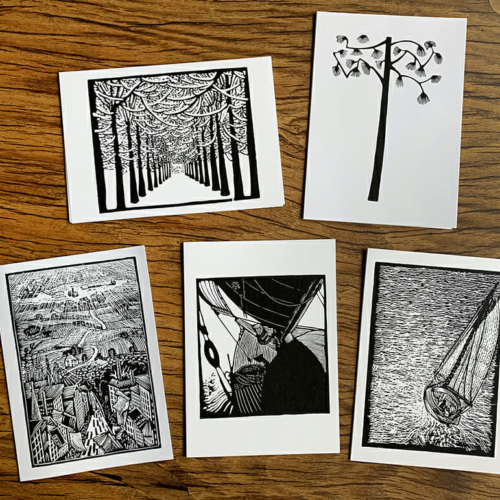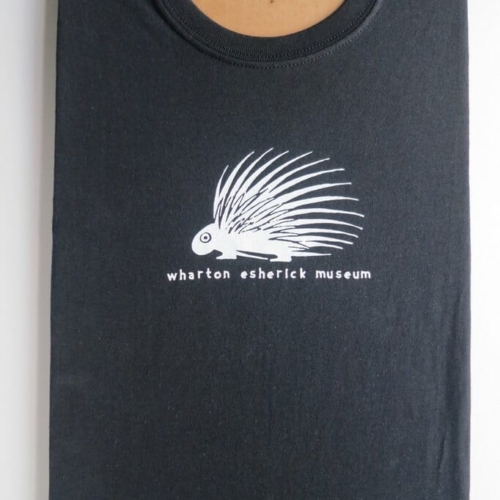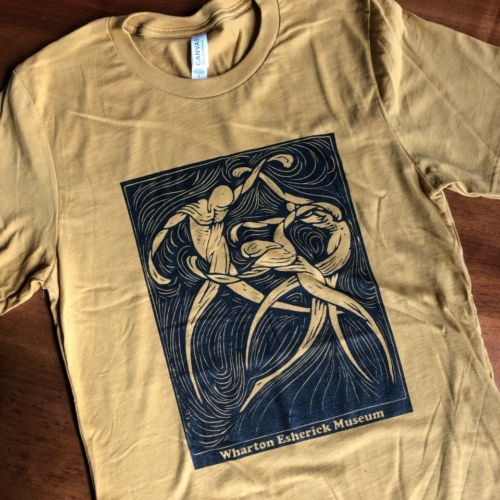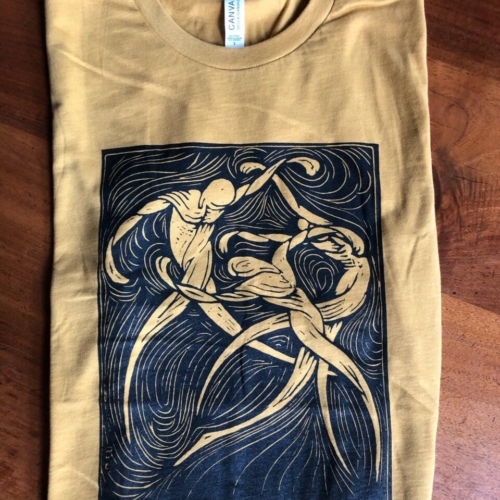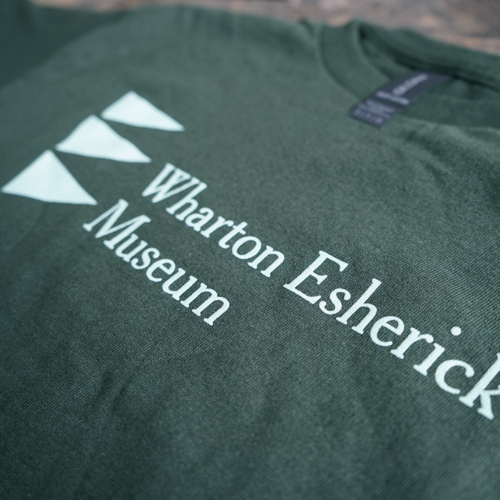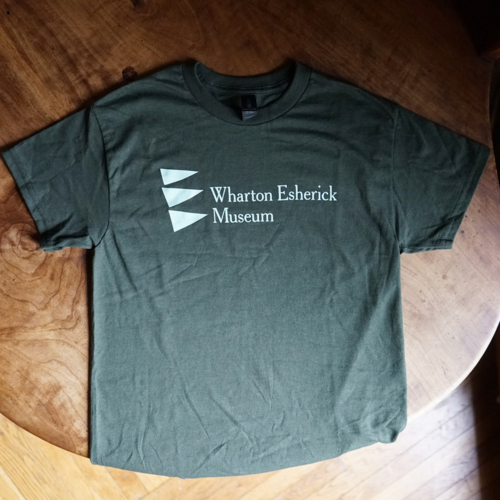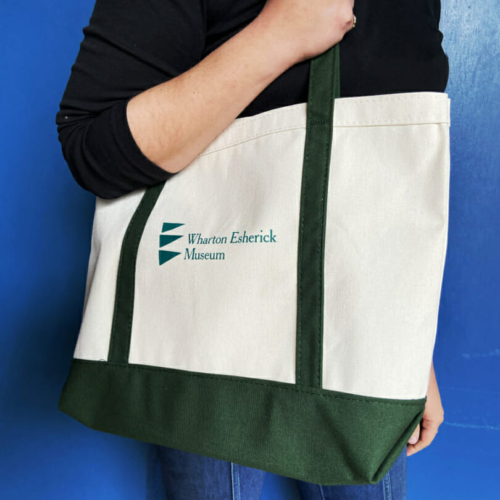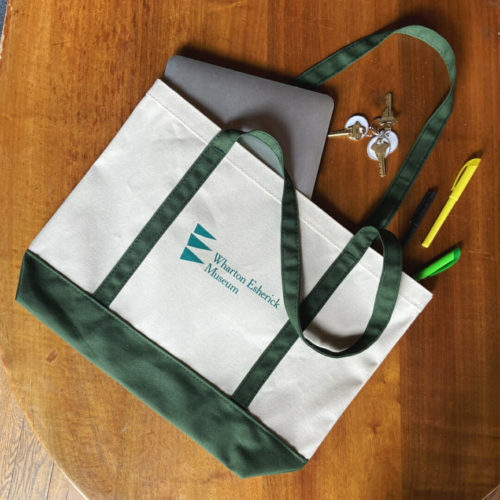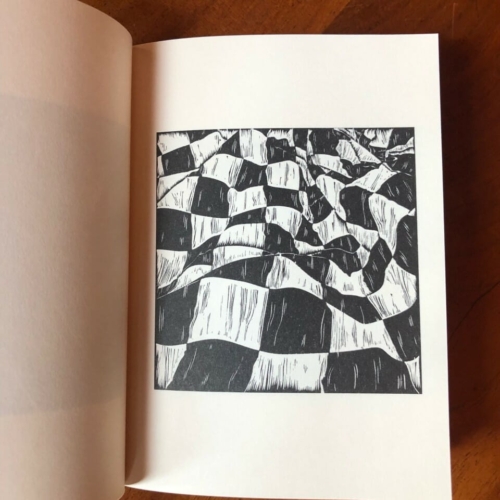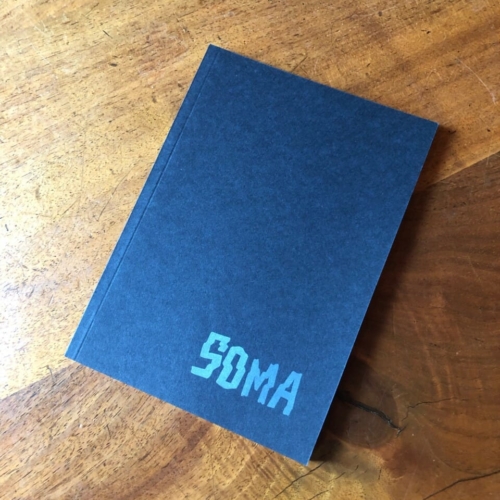-
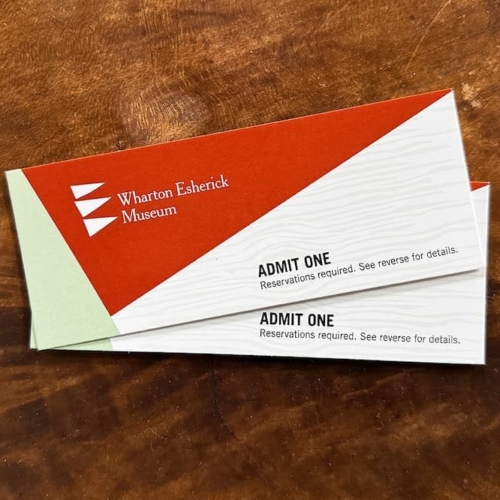 Purchase tickets for an Experiencing Esherick tour to give as gifts to friends and family! Everyone knows someone they'd like to visit the Wharton Esherick Museum! Guest tickets are valued at $20 each (one adult admission to an Experiencing Esherick Tour) and come mailed with a brochure. » Prefer paperless? You can send gift tickets to your loved one via email! Purchase digital gift tickets here.
Purchase tickets for an Experiencing Esherick tour to give as gifts to friends and family! Everyone knows someone they'd like to visit the Wharton Esherick Museum! Guest tickets are valued at $20 each (one adult admission to an Experiencing Esherick Tour) and come mailed with a brochure. » Prefer paperless? You can send gift tickets to your loved one via email! Purchase digital gift tickets here. -
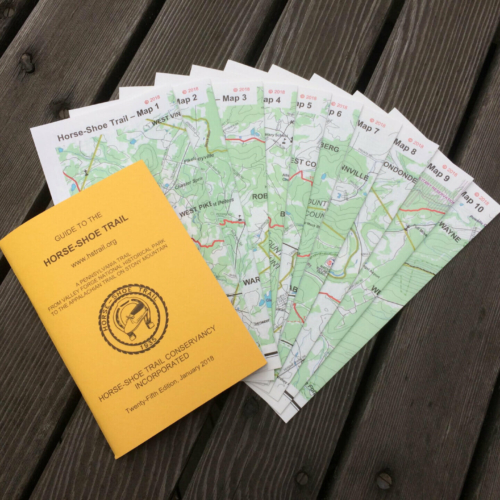 2018 edition of the Horse-Shoe Trail Guidebook with 10 full-color topographical maps. The Horse-Shoe Trail is a public trail for hiking and horseback riding. It begins in Valley Forge and continues westward for over 140 miles to its junction with the Appalachian Trail on the crest of Stony Mountain north of Hershey. This trail guide, along with a complete set of maps, is a valuable resource for planning your hike on this historic trail. The guide is 73 pages long and contains 10 fold out topographical maps showing the route of the trail.
2018 edition of the Horse-Shoe Trail Guidebook with 10 full-color topographical maps. The Horse-Shoe Trail is a public trail for hiking and horseback riding. It begins in Valley Forge and continues westward for over 140 miles to its junction with the Appalachian Trail on the crest of Stony Mountain north of Hershey. This trail guide, along with a complete set of maps, is a valuable resource for planning your hike on this historic trail. The guide is 73 pages long and contains 10 fold out topographical maps showing the route of the trail. -
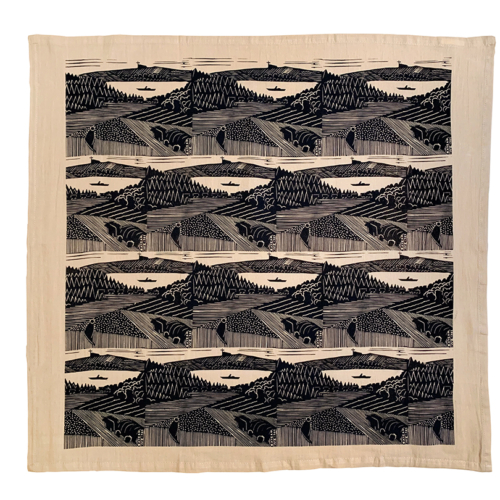
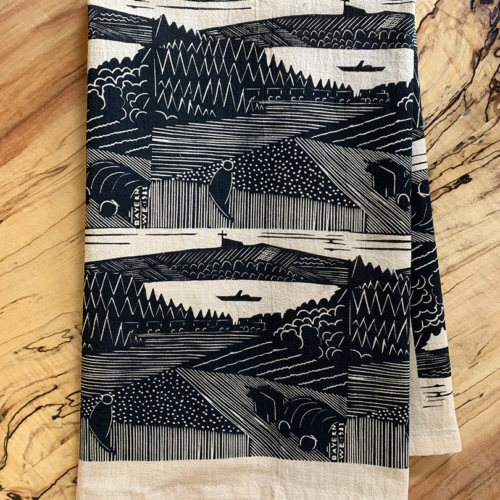 We’re celebrating Esherick’s printmaking with an exciting new shop item – Holzhausen Tea Towels! These tea towels bring a little piece of the Studio into your home, capturing the spirit of Esherick’s gift to his friend Hanna Weil, for whom he made a set of curtains with this dynamic repeating pattern. ‘Holzhausen’ is both the town in Germany where Hanna lived and Esherick’s title for his woodblock print depicting the view from her front porch. Screenprinted by Philadelphia-based artist and printmaker Marcus Benavides. Measures 28" x 28"
We’re celebrating Esherick’s printmaking with an exciting new shop item – Holzhausen Tea Towels! These tea towels bring a little piece of the Studio into your home, capturing the spirit of Esherick’s gift to his friend Hanna Weil, for whom he made a set of curtains with this dynamic repeating pattern. ‘Holzhausen’ is both the town in Germany where Hanna lived and Esherick’s title for his woodblock print depicting the view from her front porch. Screenprinted by Philadelphia-based artist and printmaker Marcus Benavides. Measures 28" x 28"


